Soybean meal has strong amino acid profile
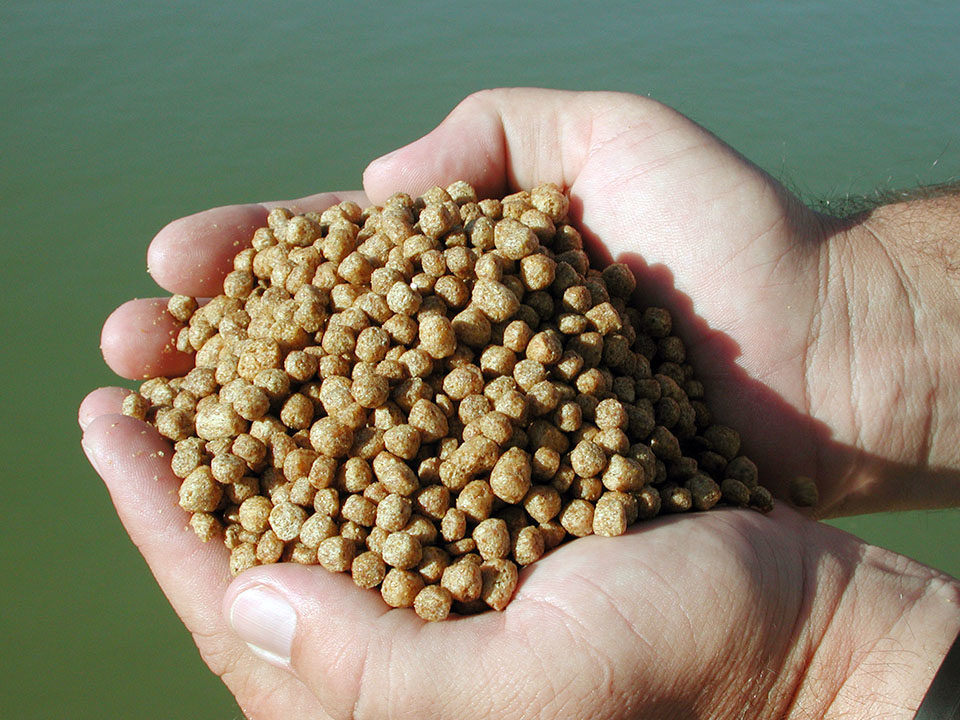
Soybean meal is the predominant protein source used in commercial channel catfish feeds because it has the best amino acid profile among all commonly available plant protein feedstuffs. Using traditional breeding techniques, soy breeders have found varieties with oligosaccharide content reduced from 5.0 to 6.0 percent to less than 0.5 percent.
Research has shown that poultry, swine and trout fed low-oligosaccharide soybean meal (LOSBM) had enhanced performance compared to animals fed conventional soybean meal (CSBM). Low-oligosaccharide meal has higher nutritional values than conventional soybean meal. It contains higher protein (about 58.0 versus 48.0 percent) and much lower levels of the oligosaccharides stachyose and raffinose (under 0.5 versus 5.8 percent) than CSBM.
Oligosaccharides are considered unutilizable by fish because there is a lack of digestive enzymes and microbial activities in fish guts. These compounds can also interfere with nutrient digestion and promote unhealthy gut microflora.
The nutritionally improved soybean meal had not been evaluated in diets for channel catfish. Therefore, a study was conducted at the Mississippi State University’s National Warmwater Aquaculture Center in Stoneville, Miss., USA, to compare CSBM and LOSBM as the main protein sources in channel catfish diets.
Experimental design
Four diets were formulated to contain 28 or 32 percent protein with CSBM or LOSBM supplying most of the protein (Table 1). To maintain other ingredients at similar levels in the varied diets, slightly more corn was used in those containing LOSBM because less of the meal was used due to its higher protein content. All diets were produced using cooking extrusion under commercial conditions at the Fish Technology Center in Bozeman, Montana, USA.
Li, Ingredient composition, Table 1
| Ingredient | Diet 1 (28% Protein, CSBM) | Diet 2 (28% Protein, LOSBM | Diet 3 (32% Protein, CSBM | Diet 4 (32% Protein, LOSBM) |
|---|---|---|---|---|
| Conventional soybean meal | 28.93 | − | 40.95 | − |
| Low-oligosaccharide soybean meal | – | 23.10 | − | 32.62 |
| Cottonseed meal | 15.00 | 15.00 | 15.00 | 15.00 |
| Corn gluten feed | 20.00 | 20.00 | 20.00 | 20.00 |
| Corn grain | 17.61 | 23.39 | 15.67 | 23.90 |
| Wheat middlings | 15.00 | 15.00 | 5.00 | 5.00 |
| Lysine-hydrochloride | 0.28 | 0.26 | 0.18 | 0.14 |
| Dicalcium phosphate | 0.93 | 1.00 | 0.95 | 1.09 |
| Other ingredients* | 2.25 | 2.25 | 2.25 | 2.25 |
Twenty channel catfish with mean initial weights of 10.0 grams/fish were stocked into each of 20, 110-L flow-through, glass aquariums. Five aquariums were randomly allotted for each dietary treatment. Water temperature was maintained at 30 ± 1 degrees-C, and dissolved-oxygen levels were kept above 5.0 mg/L. Fish were fed to apparent satiation once daily for nine weeks.
Results
Regardless of dietary protein levels, the juvenile catfish fed diets containing LOSBM had feed consumption, weight gain and feed conversion similar to those fed diets containing CSBM (Table 2). This supported previous observations that channel catfish utilize CSBM well as a protein source.
Li, Mean performance of channel catfish, Table 2
| Diet No. | Dietary Protein (%) | Soybean Meal Type | Feed Consumption (g/fish) | Weight Gain (g/fish) | Feed-Conversion Ratio | Survival (%) |
|---|---|---|---|---|---|---|
| 1 | 28 | CSBM | 52.9 | 29.1 | 1.36 | 100 |
| 2 | 28 | LOSBM | 51.0 | 27.5 | 1.36 | 100 |
| 3 | 32 | CSBM | 58.8 | 38.9 | 1.20 | 100 |
| 4 | 32 | LOSBM | 54.3 | 34.2 | 1.23 | 100 |
| Pooled standard error | 1.8 | 1.9 | 0.03 | – | ||
| ANOVA (P) | ||||||
| Dietary protein | 0.03 | < 0.01 | < 0.01 | |||
| Soybean meal | 0.12 | 0.14 | 0.56 | |||
| D.P. x SBM | 0.50 | 0.47 | 0.62 |
Table 2. Mean performance of channel catfish fed diets containing 28 or 32% crude protein with conventional or low-oligosaccharide soybean meal.
Fish fed 32 percent-protein diets with CSBM or LOSBM had significantly higher feed consumption and weight gain, and lower feed-conversion ratios than fish fed 28 percent protein diets. This result was contrary to the authors’ previous findings that a traditional diet containing 28 percent protein mainly supplied by CSBM and animal proteins was sufficient for optimum growth of fingerling and food-size channel catfish. This difference may have been due to interactions between the protein levels and ingredient compositions of the diets used in various studies.
The diets used in the present study contained 20 percent corn gluten feed, an alternative feedstuff that is currently used in commercial channel catfish feeds. Also, the 15 percent cottonseed meal level was slightly higher than the 5 to 10 percent content in the traditional channel catfish feeds used in previous studies.
Research has shown that corn gluten feed and cottonseed meal have lower protein and energy digestibility than soybean meal does. While a 28 percent protein diet containing 20 percent corn gluten feed and 15 percent cottonseed meal can be well utilized by pond-raised, food-sized channel catfish, it may not meet the protein and energy requirements for channel catfish fingerlings raised in aquariums.
Perspectives
Results from the present study demonstrated that juvenile channel catfish utilized both CSBM and LOSBM equally well. With the dietary ingredient compositions used, differences in levels of oligosaccharides did not appear to affect the nutrient utilization and growth performance of the channel catfish. During fingerling production, channel catfish should be fed a 32 percent protein feed, especially if the feed contains alternative feed ingredients such as corn gluten feed and cottonseed meal.
(Editor’s Note: This article was originally published in the September/October 2013 print edition of the Global Aquaculture Advocate.)
Authors
-
Menghe Li, Ph.D.
National Warmwater Aquaculture Center
Mississippi State University
Stoneville, Mississippi 38776 USA[117,100,101,46,101,116,97,116,115,115,109,46,99,101,114,100,64,105,108,109]
-
Frederic Barrows, Ph.D.
USDA/ARS Fish Technology Center
Bozeman, Montana, USA -
Jeff Silverstein, Ph.D.
USDA/ARS National Aquaculture Program
Beltsville, Maryland, USA -
Brian Peterson, Ph.D.
USDA/ARS Catfish Genetics Research Unit
Stoneville, Mississippi, USA
Tagged With
Related Posts
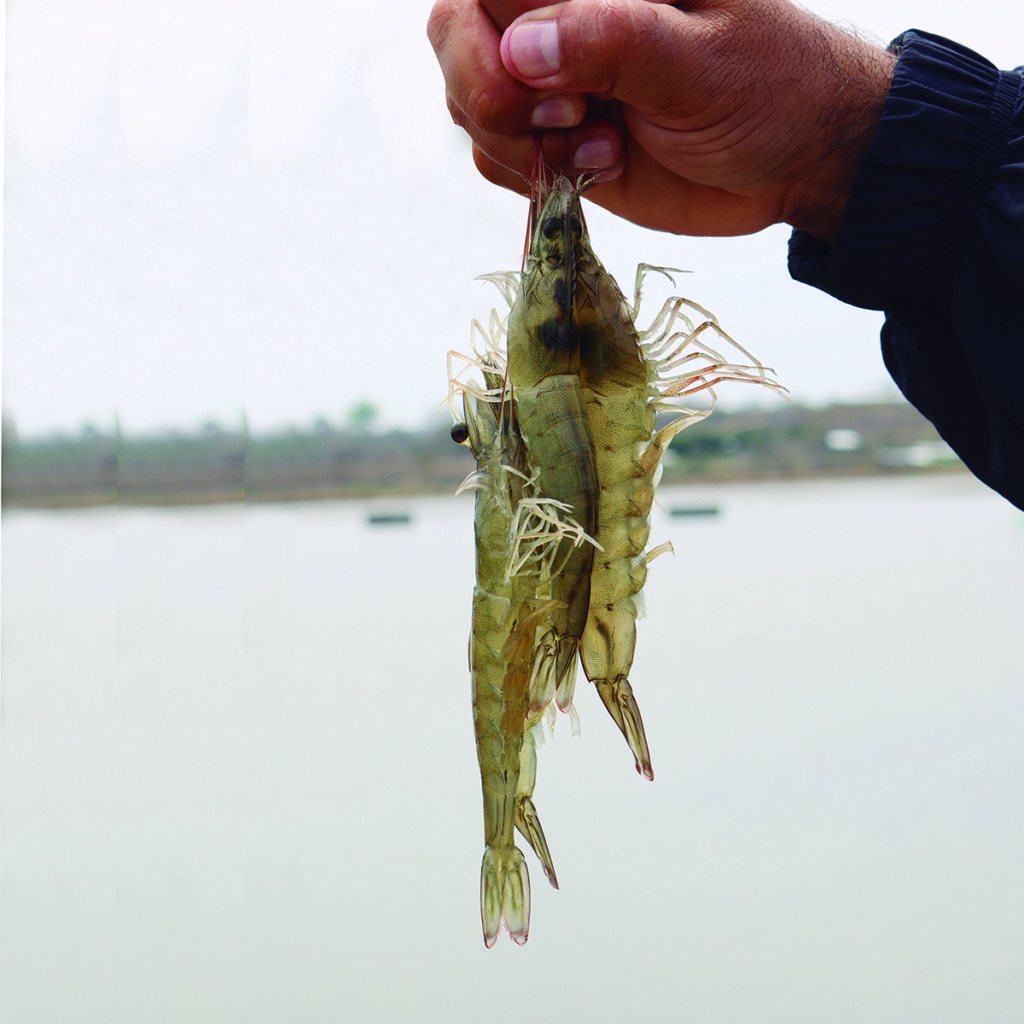
Health & Welfare
Natural strategies to improve growth and health of farmed shrimp
The application of probiotics, prebiotics and lipopolysaccharides has shown positive results with farmed shrimp, and is a very promising field, but more research is needed to clarify and foresee the molecular impact of these biological entities.
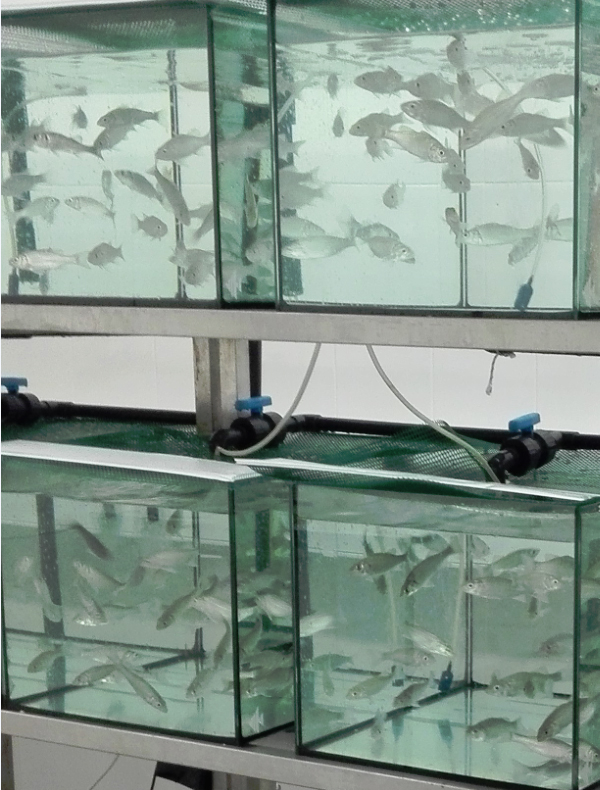
Health & Welfare
Prebiotics and their role in sustainable aquaculture
Results of a study to evaluate a commercial prebiotic on growth of European sea bass juveniles indicates this product can improve fish growth performance and allowing for the fish to reach the marketable size earlier, boosting their immune status, and reducing potential fish losses due to pathogens.
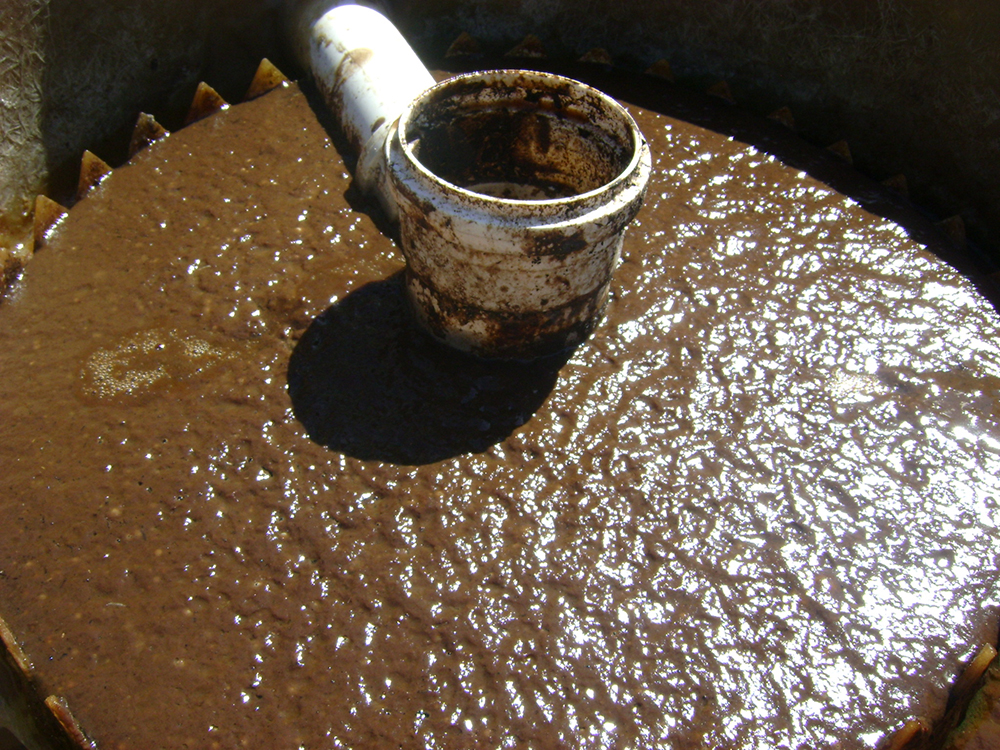
Aquafeeds
Crude protein and lipid from biofloc meals from an activated sludge system
A study compared the bioavailability of crude protein and lipid from biofloc meals generated with an activated sludge system using two water sources: wastewater from shrimp experimental culture (BFL-W) and, artificially, using clean seawater (BFL-C).
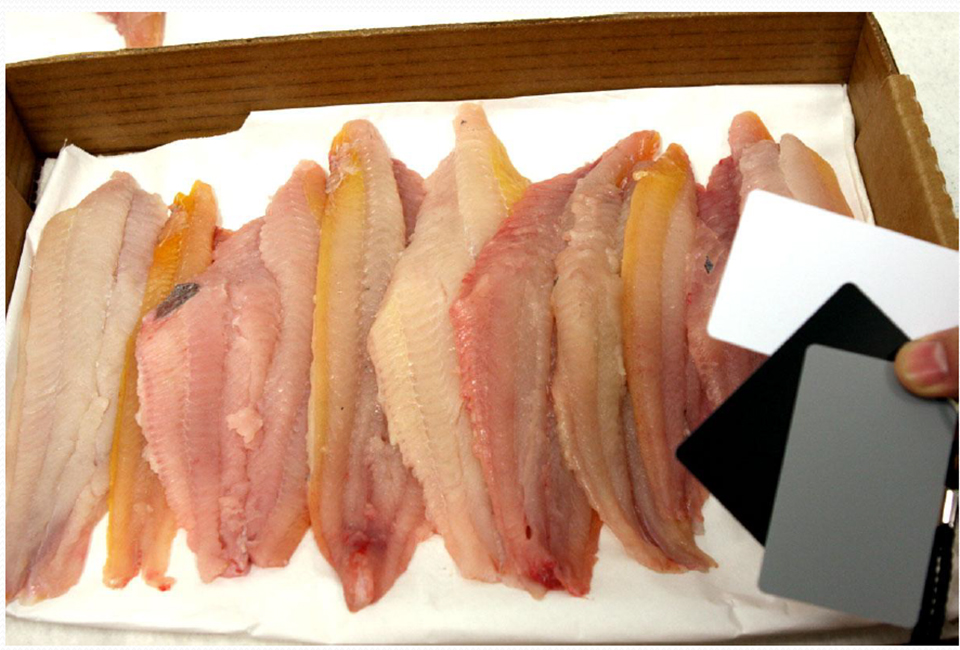
Innovation & Investment
Assessing coloration in channel catfish fillets
Because consumers look at color to gauge quality of catfish fillets, the authors developed a digital photography measurement method to assess yellowness.


